Complete History of the Galleria Borghese
Journey through centuries of art collecting, patronage, and cultural influence
Table of Contents
Origins & Construction
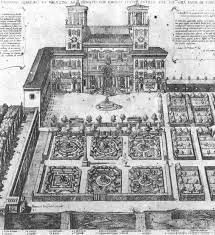
The Galleria Borghese was commissioned by Cardinal Scipione Borghese in the early 17th century as a suburban villa to display his vast art collection.
Designed by Flaminio Ponzio and Giovanni Vasanzio, the villa became a model of Baroque elegance and luxury.
The Borghese Family
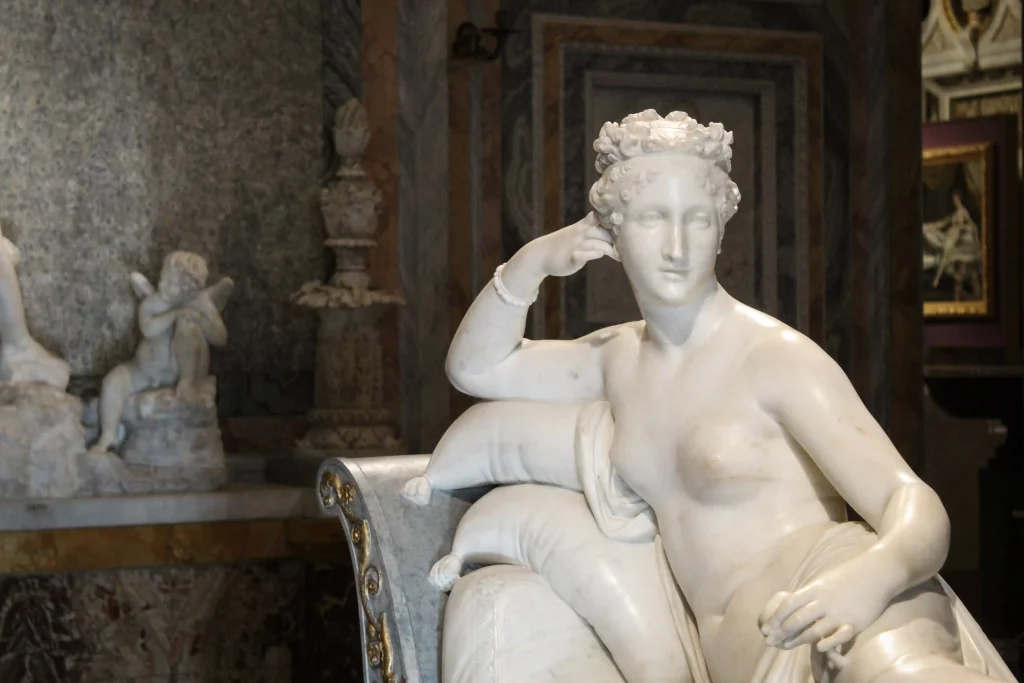
The Borghese family was one of Rome’s most powerful dynasties, with deep influence in politics, art, and religion.
Their patronage fostered artists like Bernini and Caravaggio, defining an era of artistic splendor.
Art Collecting & Patronage
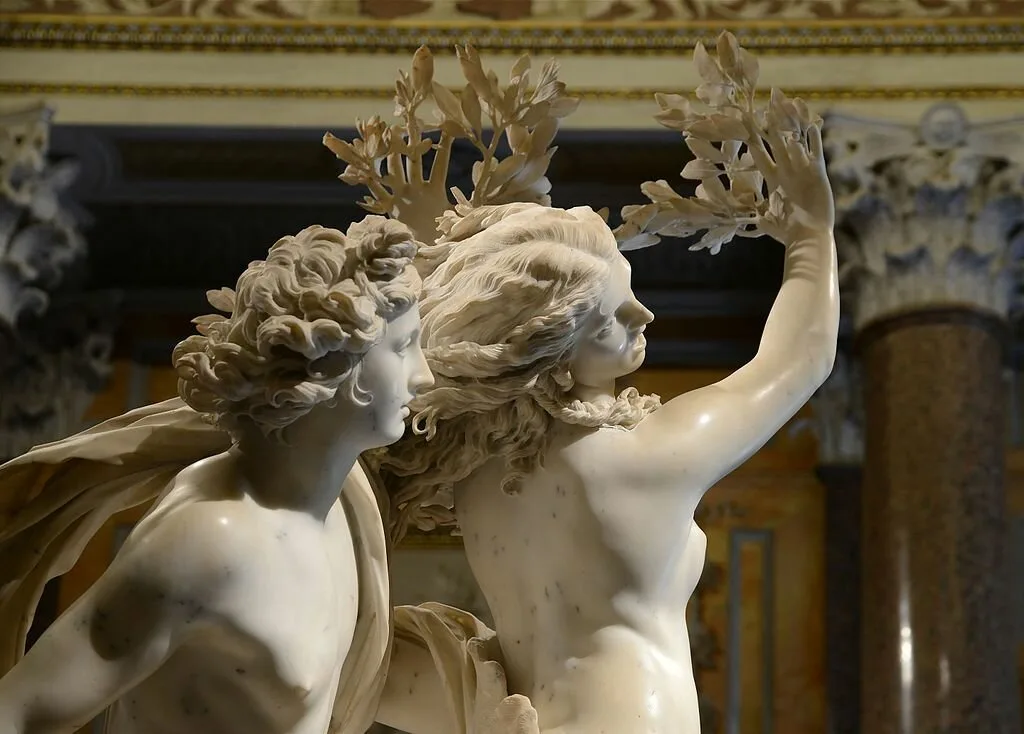
Cardinal Scipione Borghese assembled one of Europe’s most significant art collections, acquiring masterpieces from across Italy.
His collection blended ancient Roman sculptures with contemporary Baroque art, setting new cultural standards.
Architectural Design
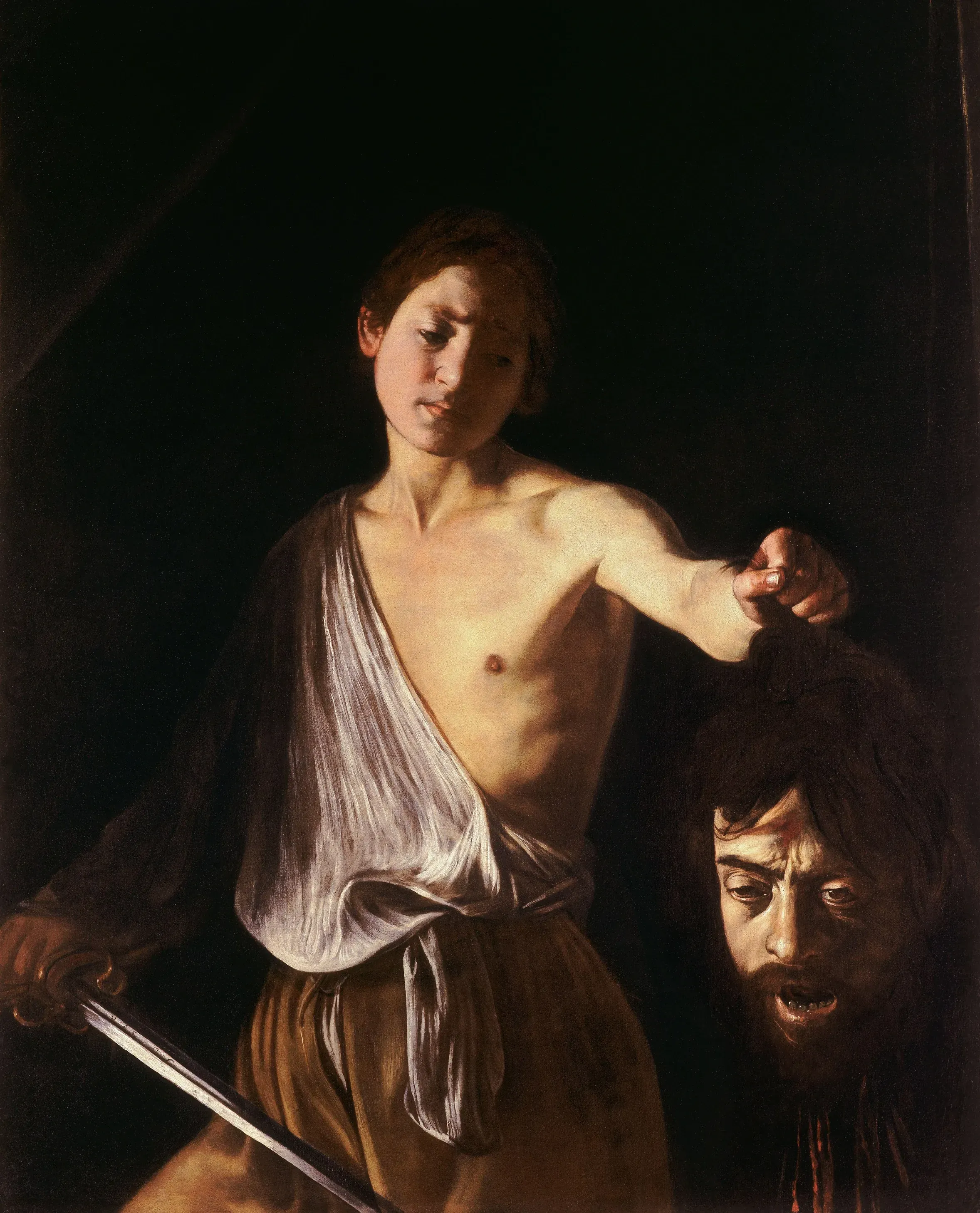
The villa’s symmetrical layout and frescoed halls reflect the harmony of Renaissance ideals combined with Baroque exuberance.
The integration of sculpture and architecture was intended to evoke wonder and divine beauty.
Masterpieces Collection
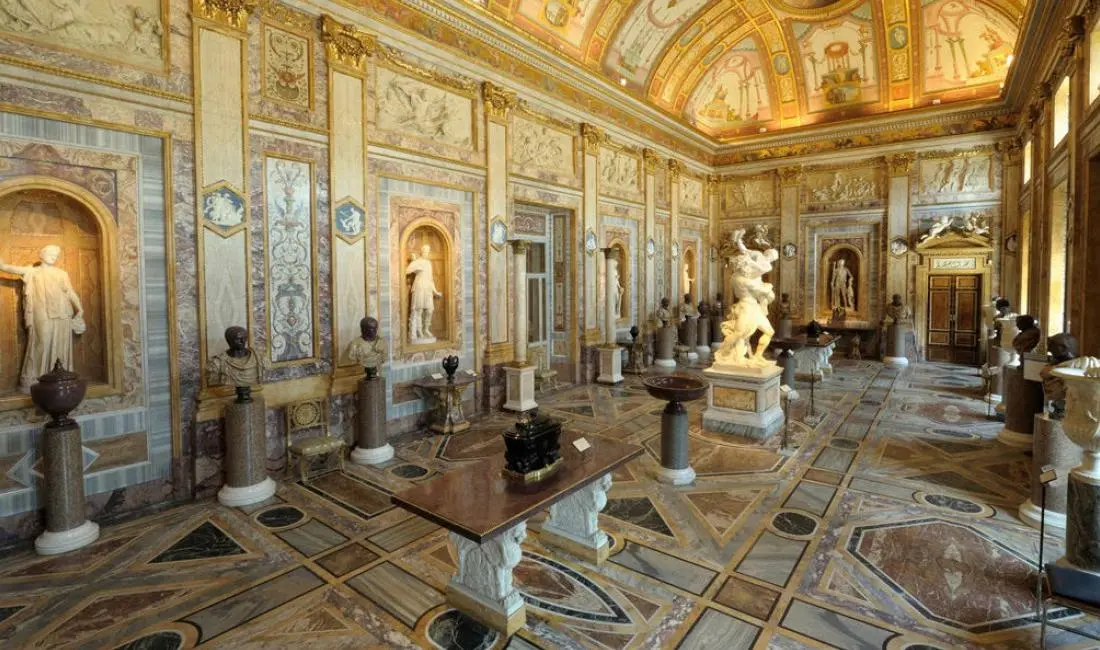
The collection includes works by Bernini, Caravaggio, Raphael, Titian, and Canova, showcasing centuries of artistic genius.
Each room is curated by theme, offering visitors a coherent journey through art history.
Preservation & Restoration
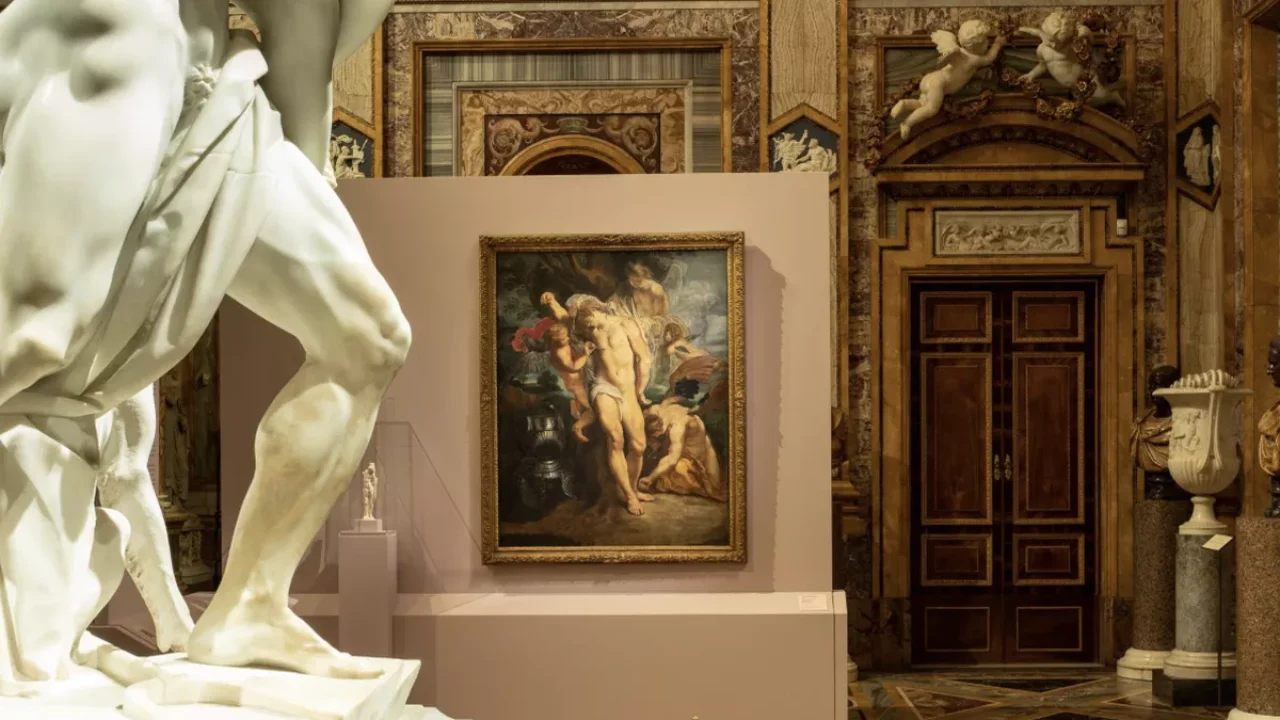
Over centuries, the villa has undergone numerous restorations to preserve its structure and delicate artworks.
Modern techniques ensure that sculptures, paintings, and frescoes remain vibrant for future generations.
Role in Roman Culture
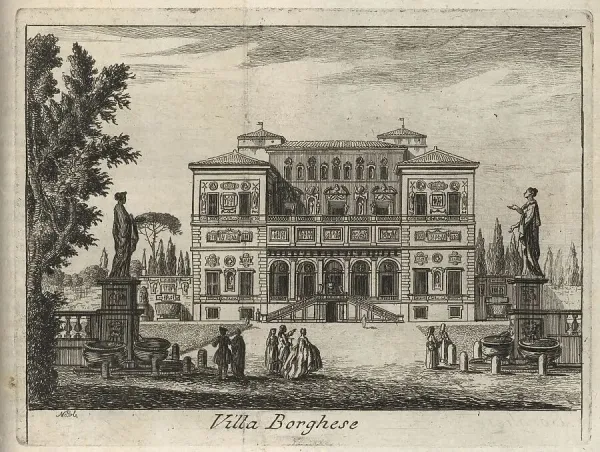
The Galleria Borghese represents the fusion of art, power, and spirituality central to Roman identity.
It remains a symbol of cultural refinement and artistic ambition.
Visitor Experience
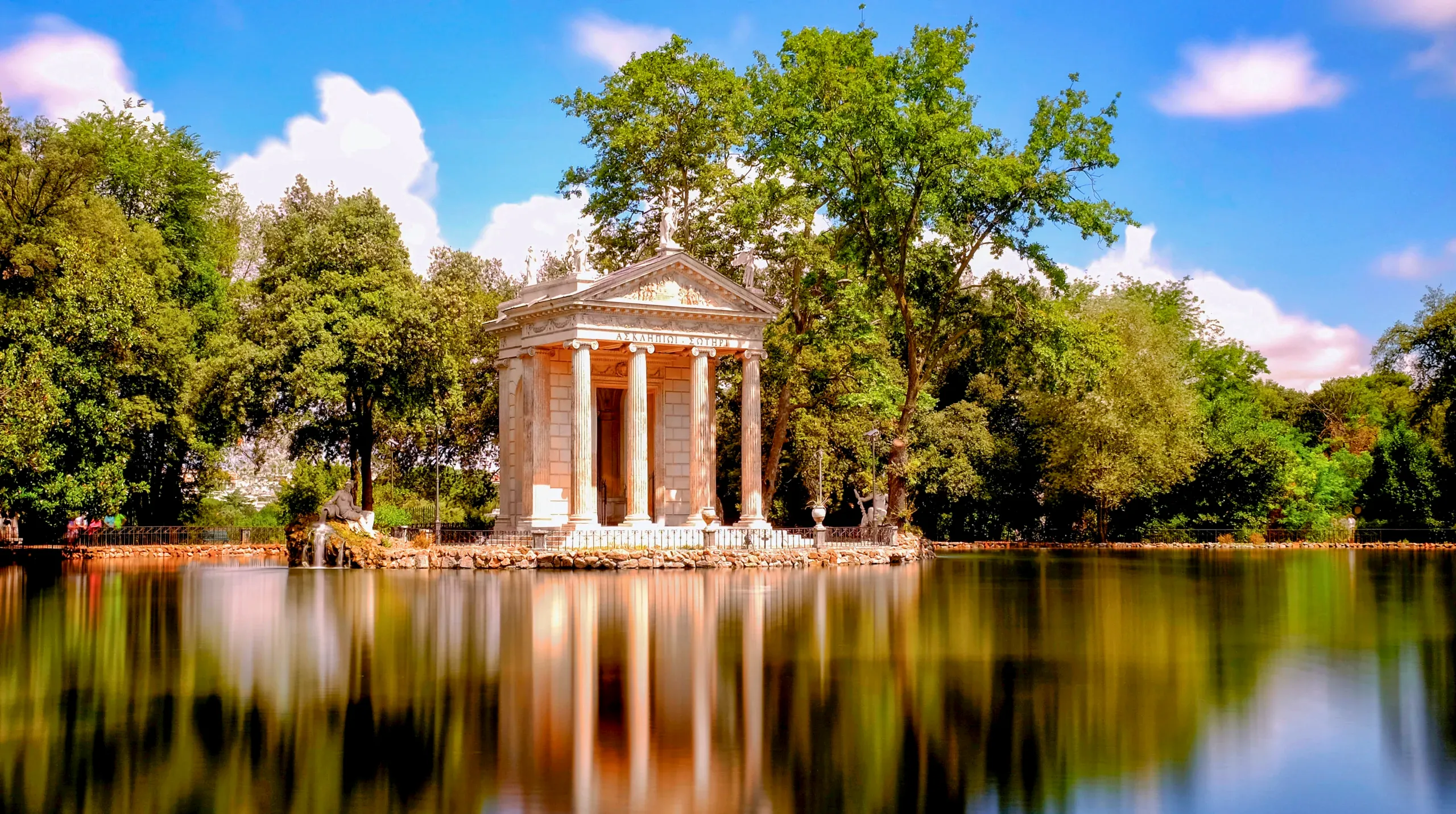
Visitors explore at set intervals, allowing for a calm and focused viewing of the collection.
Timed entry and limited capacity create a uniquely intimate museum experience.
Digital & Future Initiatives
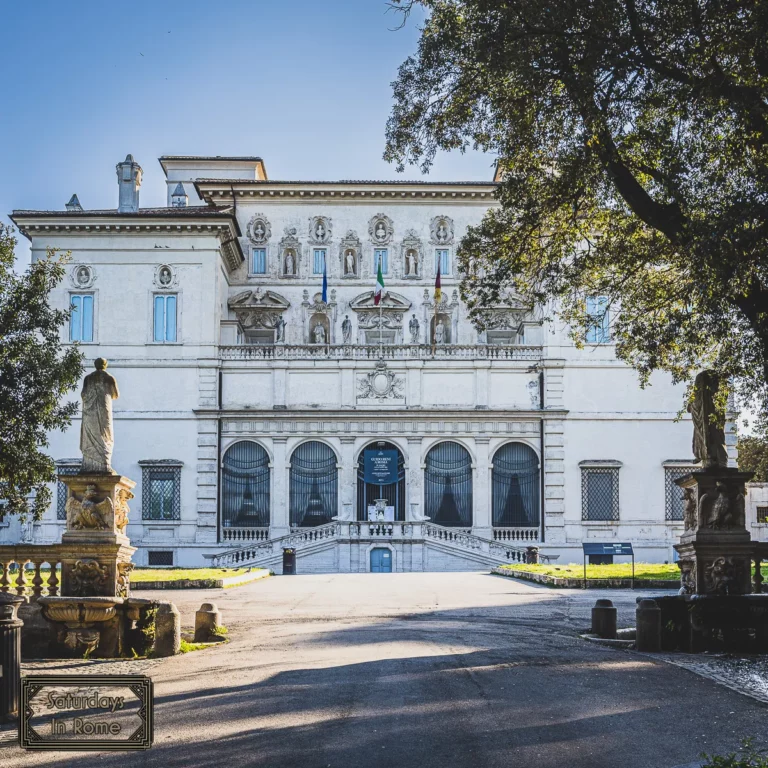
The museum integrates digital tours, AR guides, and online archives to enhance global accessibility.
These initiatives connect the Galleria’s heritage with contemporary technology.
The Galleria Borghese in Modern Culture
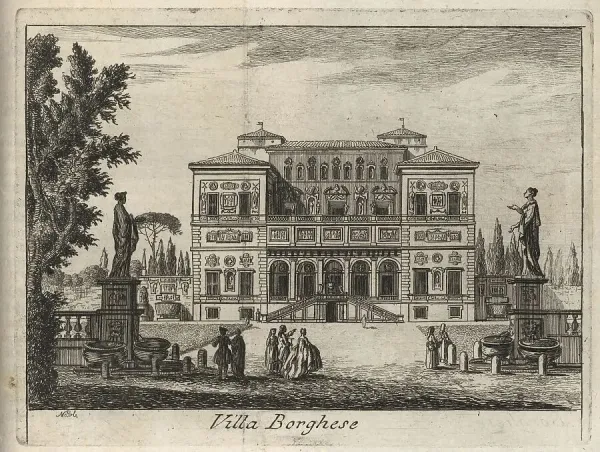
The Galleria Borghese continues to inspire artists, filmmakers, and scholars worldwide.
Its influence extends beyond art history into popular and academic culture alike.
Through the Centuries

The Galleria has evolved from a private villa to a state museum, adapting to changing artistic and cultural values.
Its continued restoration and curation maintain its status as a jewel of Rome’s cultural landscape.
Digital Reconstructions & Future Initiatives

Digital mapping projects recreate lost artworks and original layouts of the villa.
These programs aim to preserve and share the collection with future audiences.
The Galleria Borghese in Popular Culture
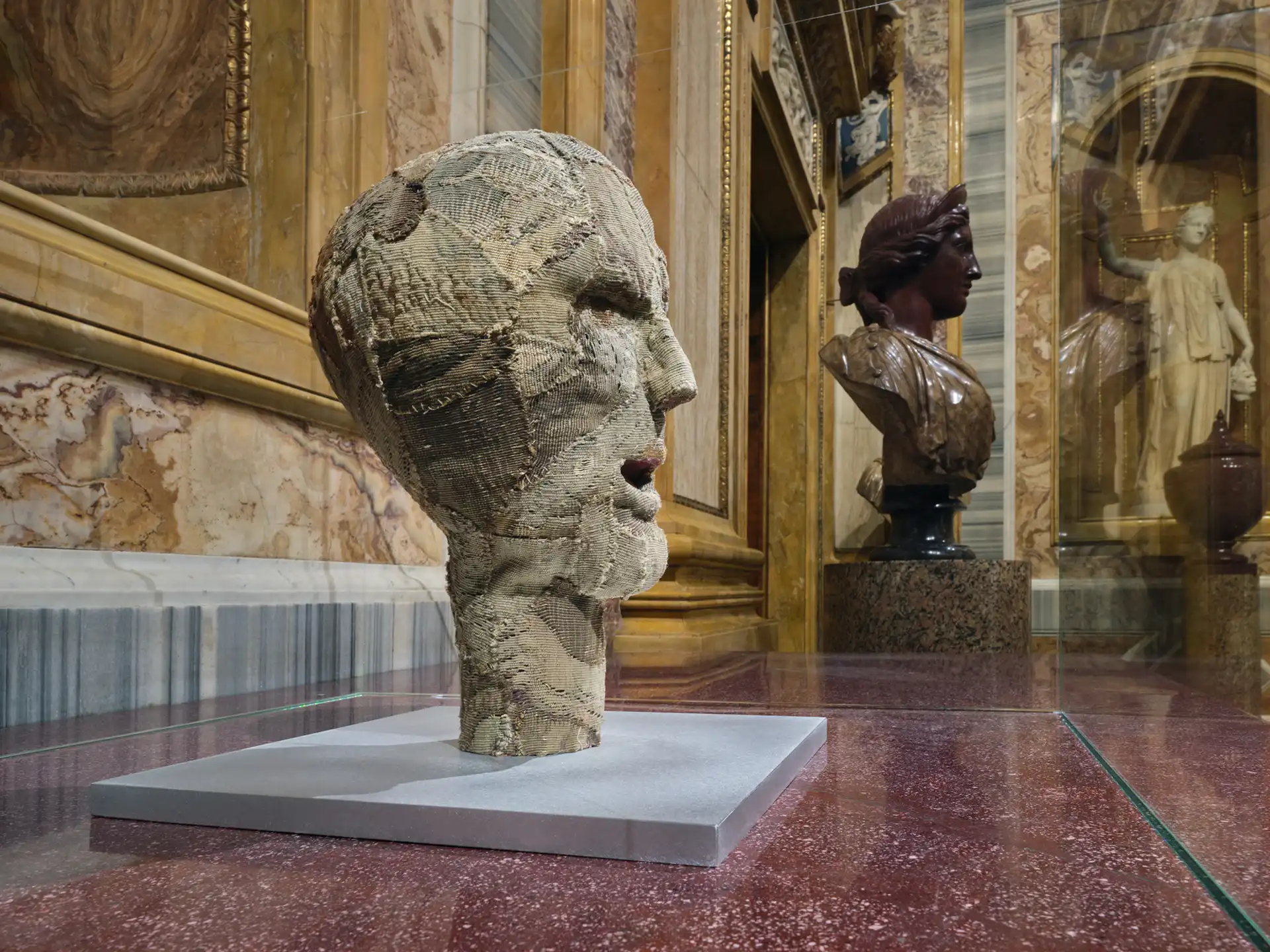
The Galleria has appeared in numerous films, documentaries, and art books.
Its timeless beauty continues to captivate visitors and creators from around the world.
Table of Contents
Origins & Construction

The Galleria Borghese was commissioned by Cardinal Scipione Borghese in the early 17th century as a suburban villa to display his vast art collection.
Designed by Flaminio Ponzio and Giovanni Vasanzio, the villa became a model of Baroque elegance and luxury.
The Borghese Family

The Borghese family was one of Rome’s most powerful dynasties, with deep influence in politics, art, and religion.
Their patronage fostered artists like Bernini and Caravaggio, defining an era of artistic splendor.
Art Collecting & Patronage

Cardinal Scipione Borghese assembled one of Europe’s most significant art collections, acquiring masterpieces from across Italy.
His collection blended ancient Roman sculptures with contemporary Baroque art, setting new cultural standards.
Architectural Design

The villa’s symmetrical layout and frescoed halls reflect the harmony of Renaissance ideals combined with Baroque exuberance.
The integration of sculpture and architecture was intended to evoke wonder and divine beauty.
Masterpieces Collection

The collection includes works by Bernini, Caravaggio, Raphael, Titian, and Canova, showcasing centuries of artistic genius.
Each room is curated by theme, offering visitors a coherent journey through art history.
Preservation & Restoration

Over centuries, the villa has undergone numerous restorations to preserve its structure and delicate artworks.
Modern techniques ensure that sculptures, paintings, and frescoes remain vibrant for future generations.
Role in Roman Culture

The Galleria Borghese represents the fusion of art, power, and spirituality central to Roman identity.
It remains a symbol of cultural refinement and artistic ambition.
Visitor Experience

Visitors explore at set intervals, allowing for a calm and focused viewing of the collection.
Timed entry and limited capacity create a uniquely intimate museum experience.
Digital & Future Initiatives

The museum integrates digital tours, AR guides, and online archives to enhance global accessibility.
These initiatives connect the Galleria’s heritage with contemporary technology.
The Galleria Borghese in Modern Culture

The Galleria Borghese continues to inspire artists, filmmakers, and scholars worldwide.
Its influence extends beyond art history into popular and academic culture alike.
Through the Centuries

The Galleria has evolved from a private villa to a state museum, adapting to changing artistic and cultural values.
Its continued restoration and curation maintain its status as a jewel of Rome’s cultural landscape.
Digital Reconstructions & Future Initiatives

Digital mapping projects recreate lost artworks and original layouts of the villa.
These programs aim to preserve and share the collection with future audiences.
The Galleria Borghese in Popular Culture

The Galleria has appeared in numerous films, documentaries, and art books.
Its timeless beauty continues to captivate visitors and creators from around the world.